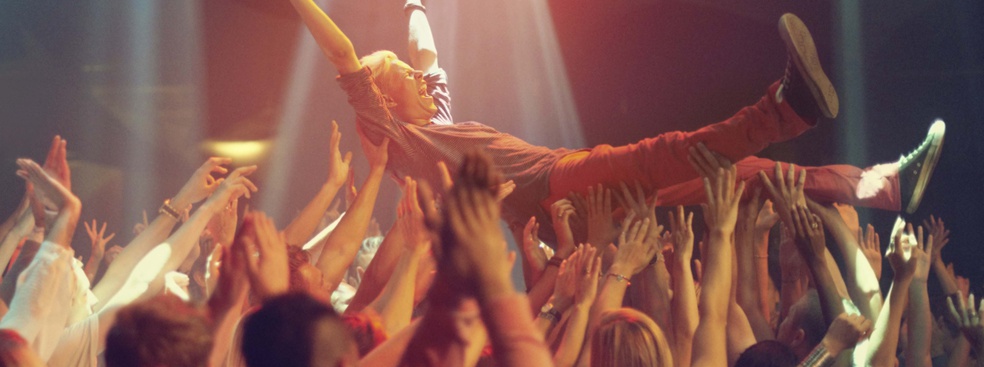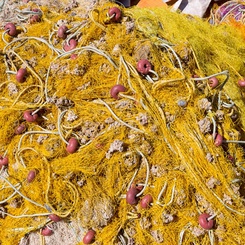The Belfort Eurockéennes music festival is today one of the biggest cultural events in France, one that has arguably helped put the small town of Belfort “on the map”. But how did this event grow from its humble beginnings in 1989 to the kind of brand name that could attract the likes of Bob Dylan or Amy Winehouse?
Organizing a music festival is a lot more complicated than “if you build it, they will come”. For optimum growth, multiple factors need to come together simultaneously. Here’s a closer look at the Who, What, Where, Why, and How’s of organizing and financing a music festival.
Where: What city, region, and country is the best place to launch a new event?
In France and other European countries, the multiplication of music festivals dates from the 1960s, starting first with classical and jazz music festivals, and expanding to include rock music festivals nearer the end of the 1970s. Les Eurockéennes was able to find an untapped niche when it became the first festival of its kind to be organized in France on an open-air basis, in a natural setting, and over several days.
The festival was born in Belfort after a young politician saw the potential to revamp the area’s image. Indeed, over the past 20 odd years, the festival has become one of the primary objects of communication for the town and the region as a whole.
Why: What is the event’s “raison d’être”?
As an added bonus, the natural setting selected helped the Eurockéennes establish a clear identity around a shared, solidarity-based set of values: by taking advantage of the natural site of Malsaucy and the asset of existing best practice (waste management, protection of biodiversity), the event organizers have been able to commit to a goal of environmental excellence, risk prevention, citizenship, and accessibility.
Therefore, this event is more than “just for the fun of it”. Its social engagement agenda has become one of the event’s “raison d’être”. This positioning has been made abundantly clear by the organizers, through their website and other communications which highlight their engagements for accessibility, sustainability and limited impact on the natural environment.
How: Where is the money coming from?
As far as financing is concerned, the Eurockéennes is a particularly interesting case that highlights the link between overall strategy and fundraising strategy.
Unlike most North American music festivals, which are organized by for-profit organizations, the Eurockéennes de Belfort is organized by the non-profit Territoire de Musique. In fact, this is a French particularity as three of largest music festivals in the country are organized by non-profits. Their initiative, baptized “Eurocks Solidaires” has been to give coherence to and increase the festival’s engagement in the field of disability, risk prevention, environmental performance and youth employment. This green engagement has given the festival an important boost in terms of fundraising capacity.
In other words, traditional revenue streams like ticket sales, concessions, and sponsorship are supplemented by public sector investment and donations, especially via corporate philanthropy. The Eurockéennes uses a hybrid economic model: Technically, the festival is organized by a nonprofit organization but this organization has revenues from commercial activities. It relies on a multitude of revenue streams including donations and public subsidies, but it is not “for profit” because it has no capital and the goal is not to make as much profit as possible but to reach a balanced budget.
Who: how do organizers connect with their publics?
At first, the green aspects of the festival were initiated by the organizers based on their personal convictions. But today, young people are feeling more and more drawn to responsible choices, offering the Eurockéennes to surf this positive trend, mirror the values of festival-goers and go beyond the simply artistic dimension.









